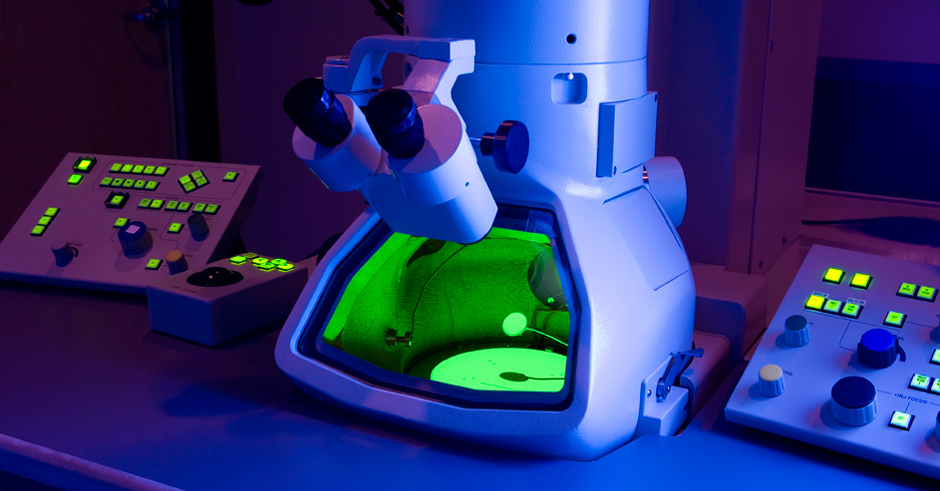Soot and soot-like materials can appear in a home or commercial building for many reasons. These materials may deposit on carpets, walls, plastic objects and other materials, and are often noted around ventilation grilles and electrical outlets. The culprit for this "ghosting" phenomenon may be caused by smoke infiltration or due to activities and materials used within the property.
Fires can produce an enormous amount of smoke that can easily infiltrate homes and buildings not directly touched by flames. This smoke is filled with combustion by-products that include soot/black carbon, ash and char. Odors, discoloration and ghosting effects can result when these combustion byproducts are deposited in buildings on surfaces and belongings.
Soot, also known as black carbon, is a fine-grained solid residue that results from the incomplete combustion of hydrocarbons. Other common sources that can cause residential or commercial property damage include candles, fuels such as oil, propane and natural gas used in gas appliances and gas log fireplaces, and firewood burned in a fireplace or a wood-burning stove. Even printer cartridges can produce a manufactured carbon black that is nearly identical to black carbon.
EMSL's soot and smoke damage testing laboratory provides access to leading scientists who utilize the most advanced instrumentation in the industry. These services are available to the public, health professionals, government agencies, insurance providers and smoke damage professionals.




